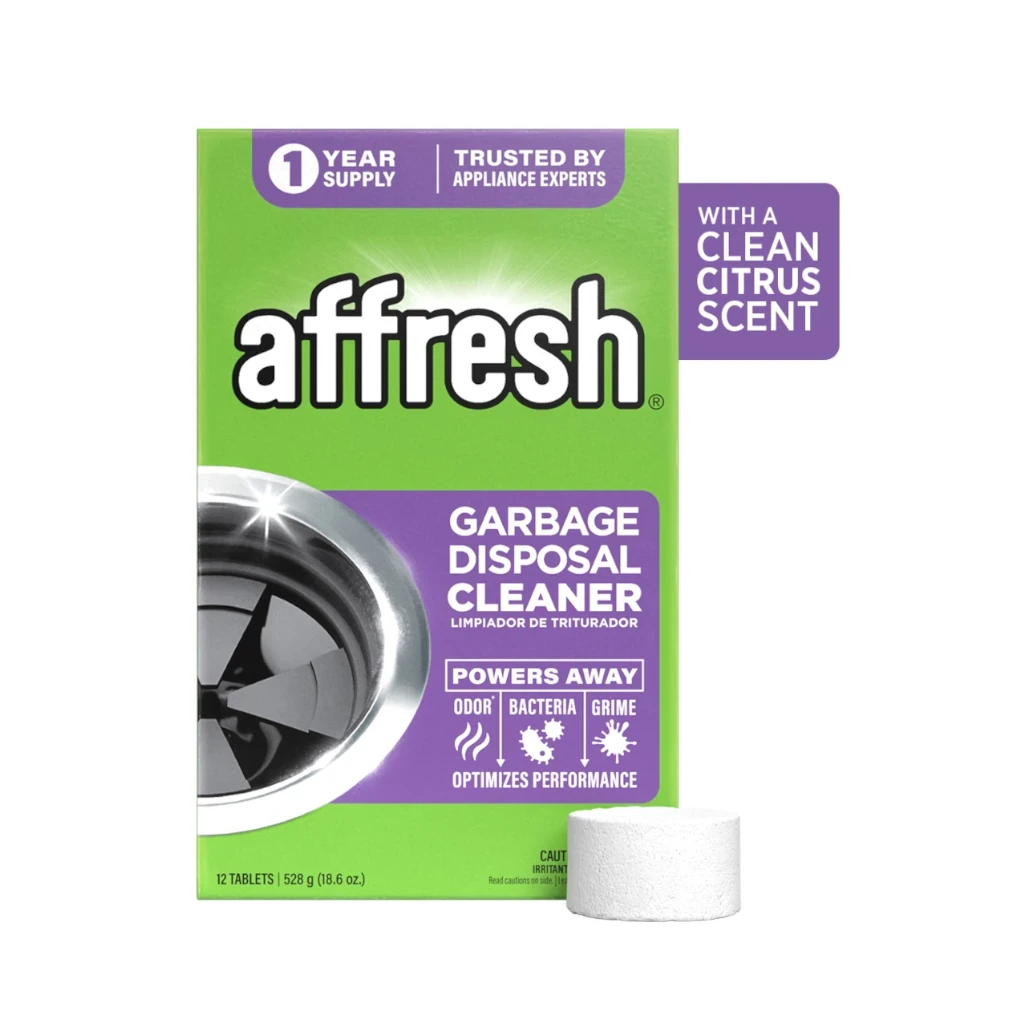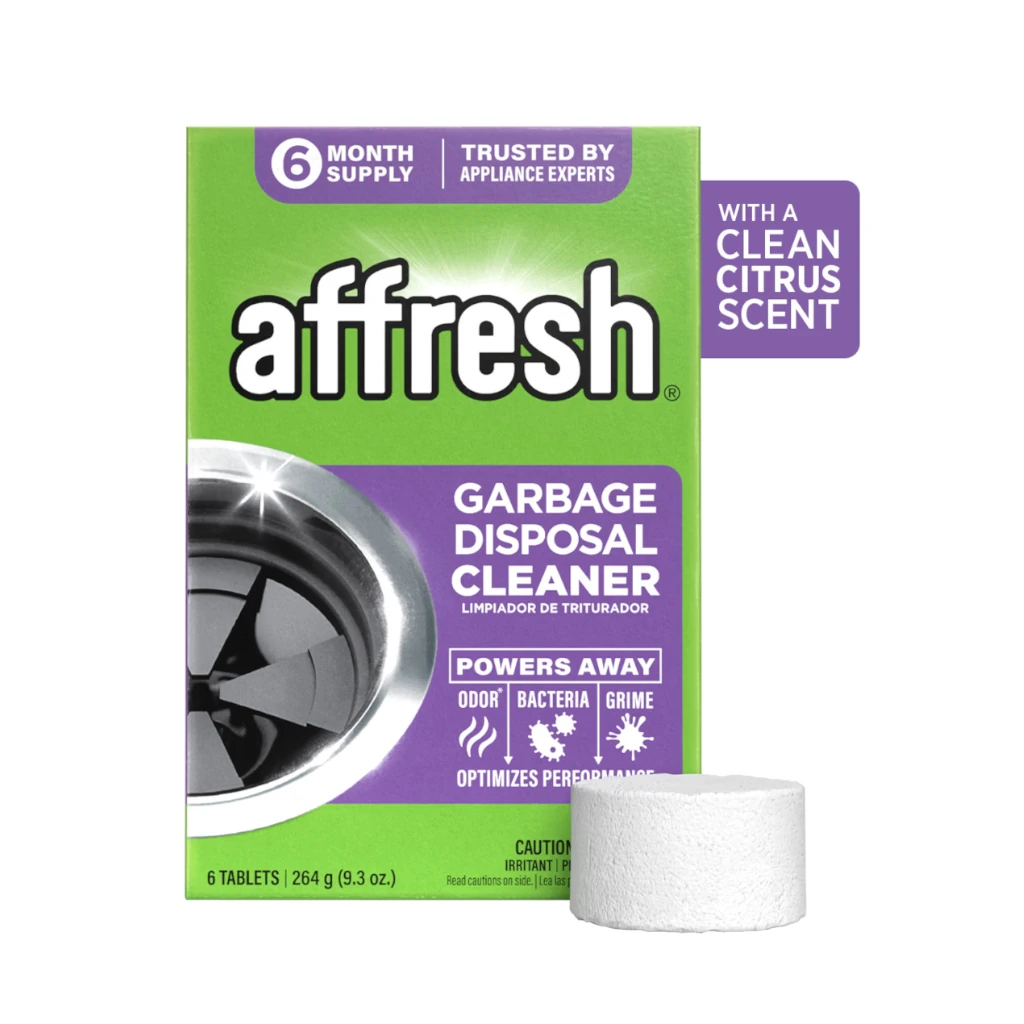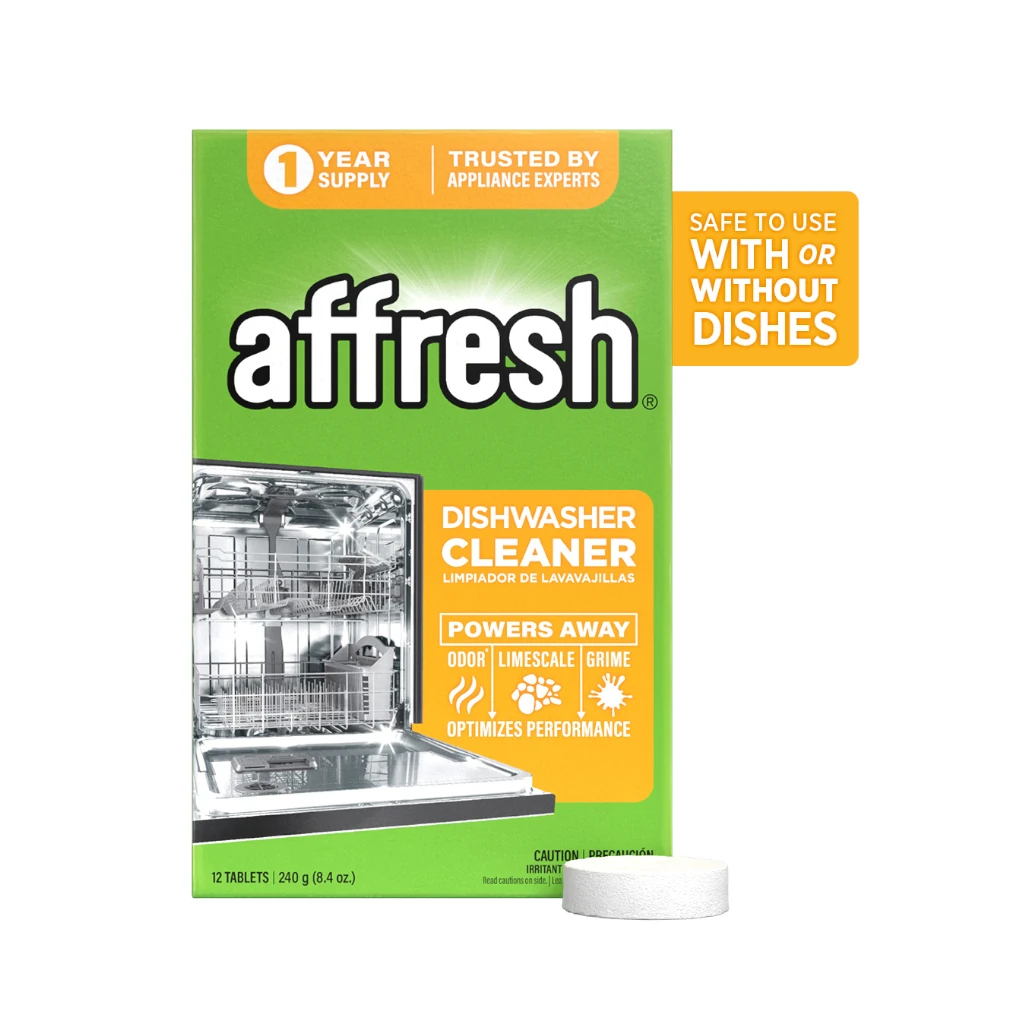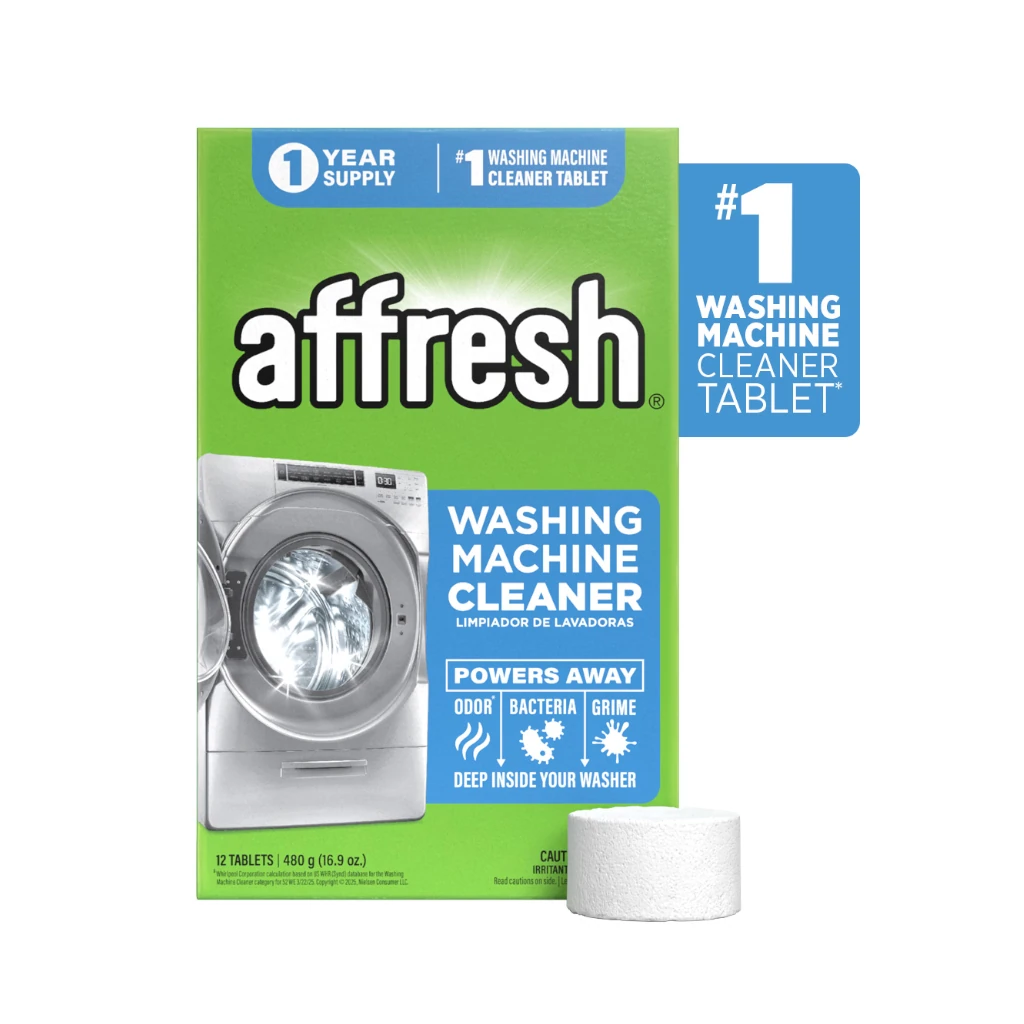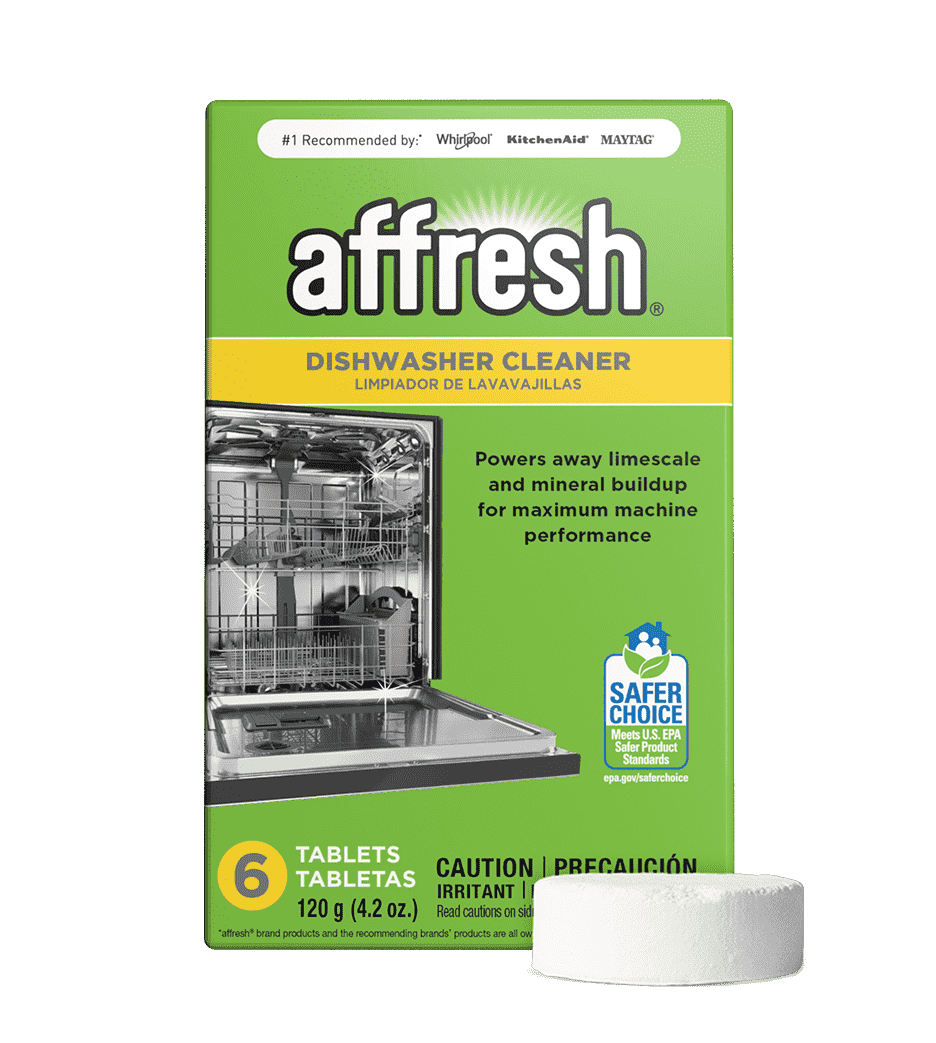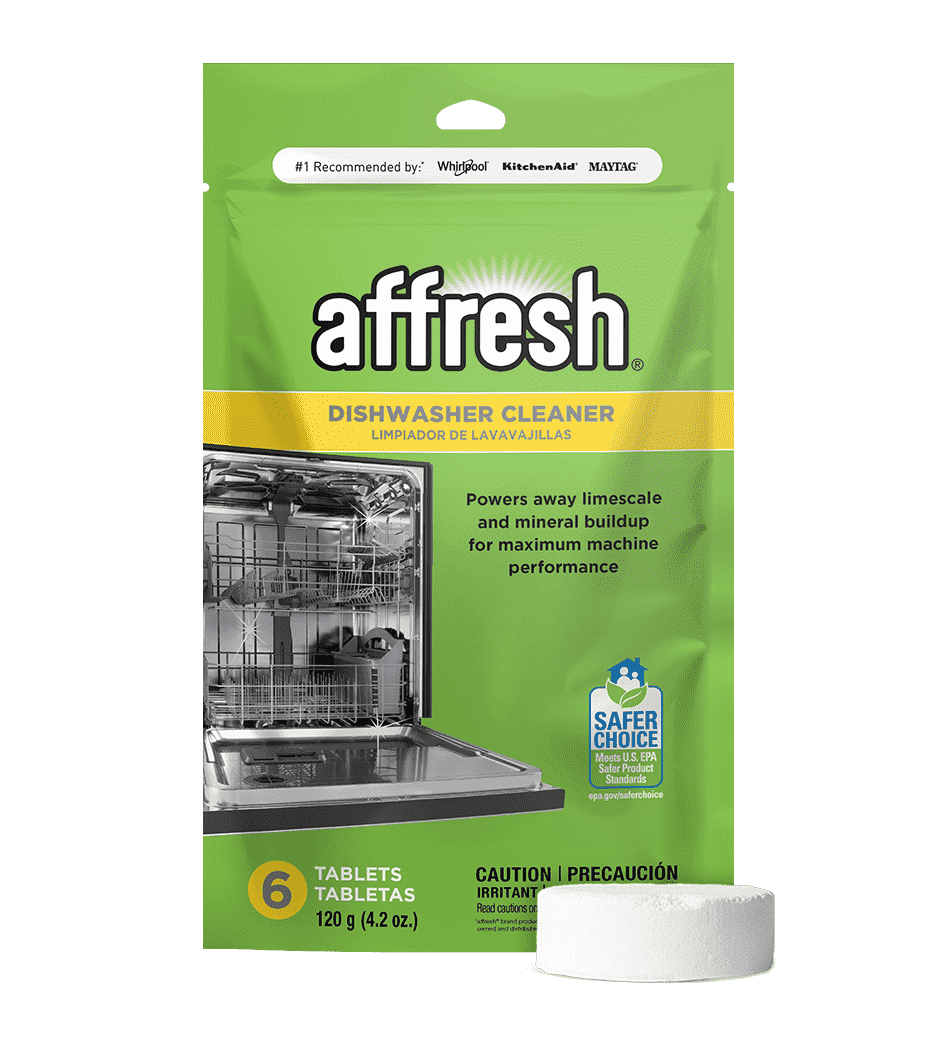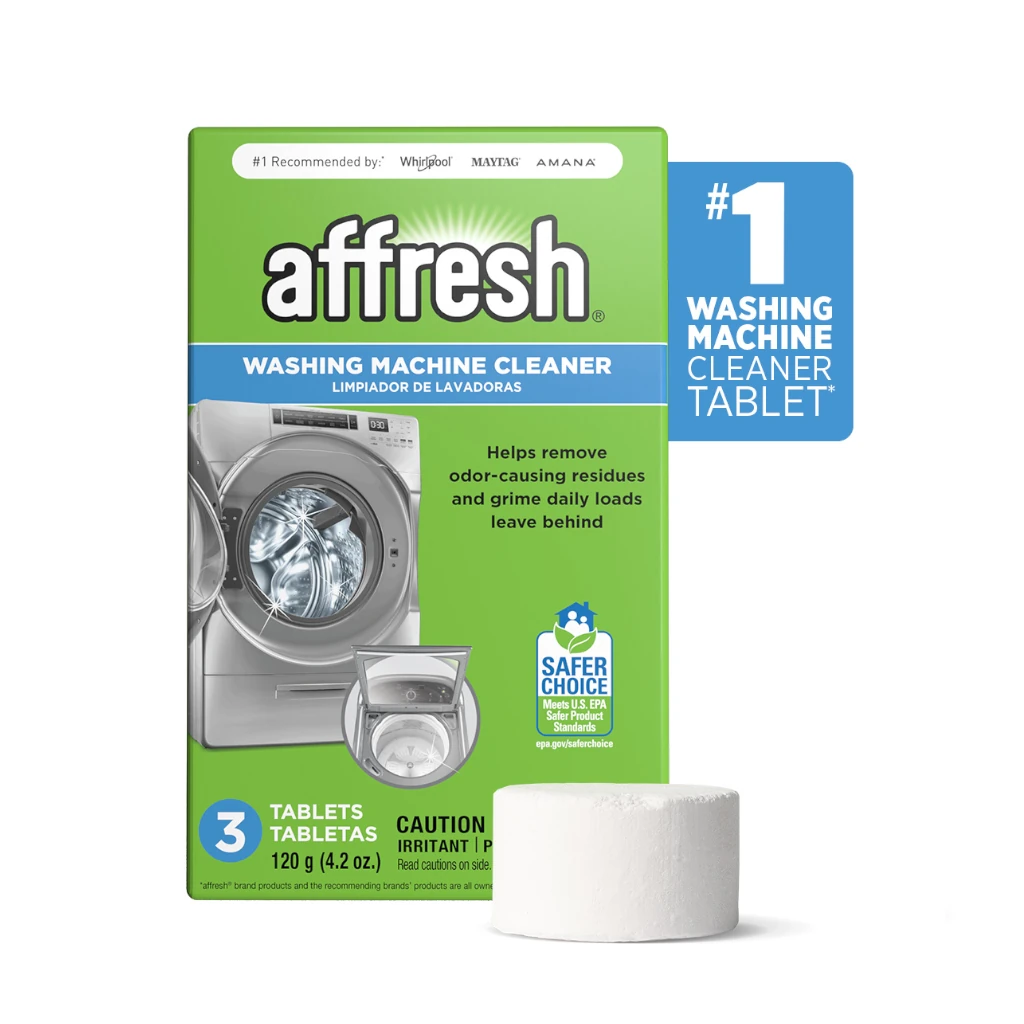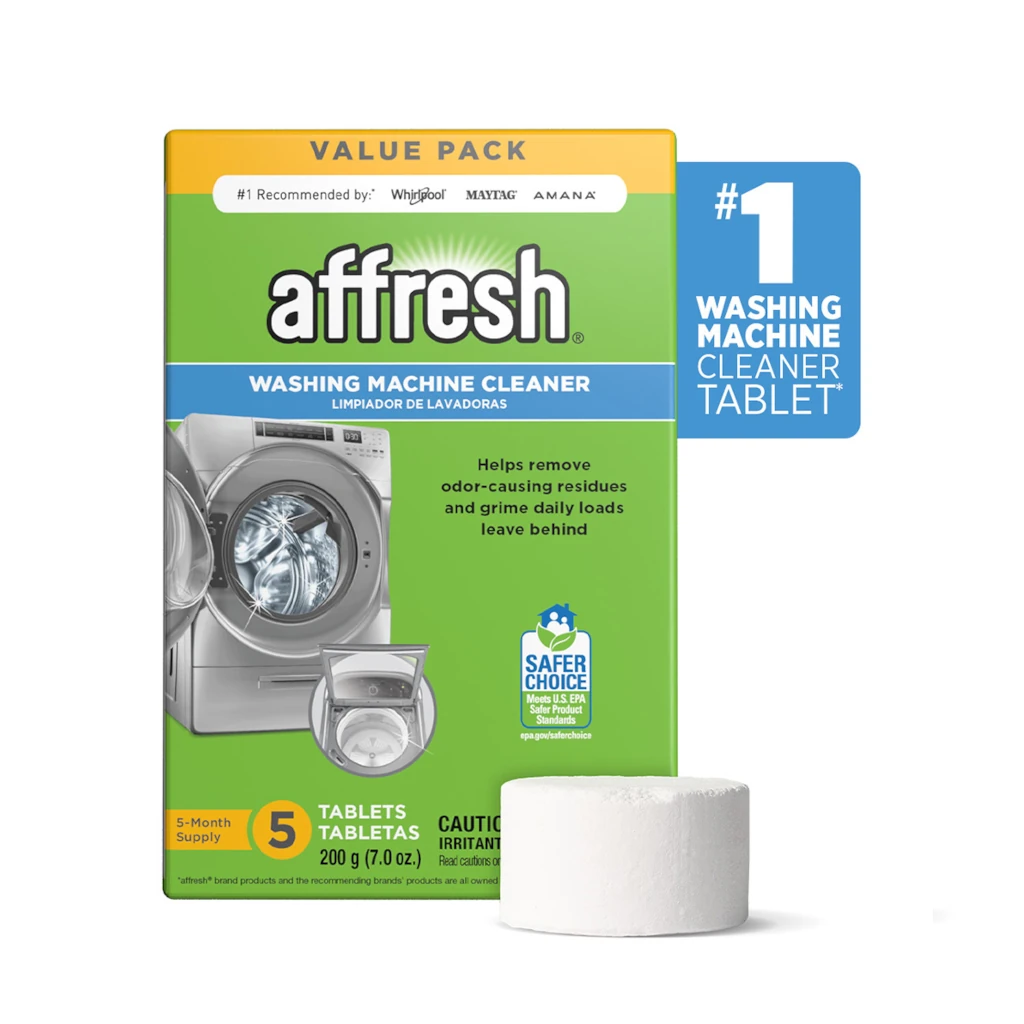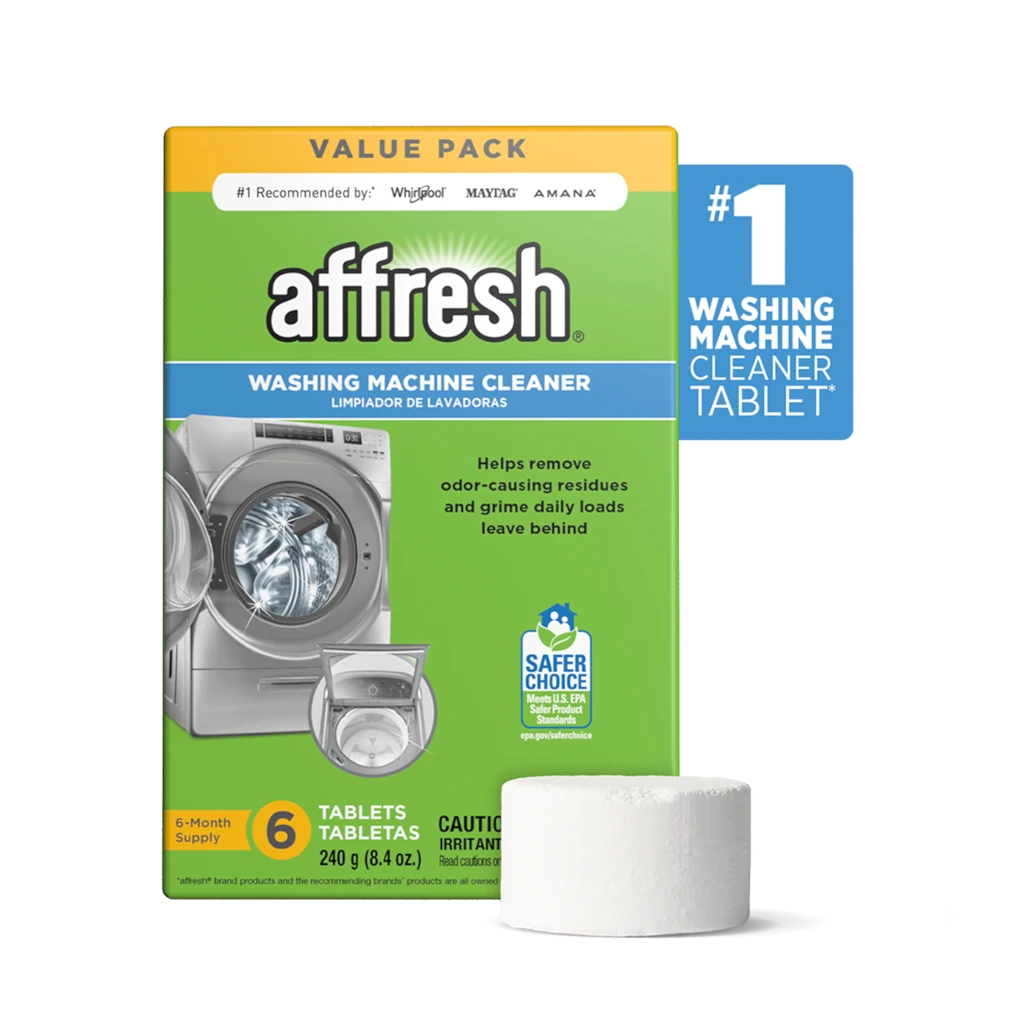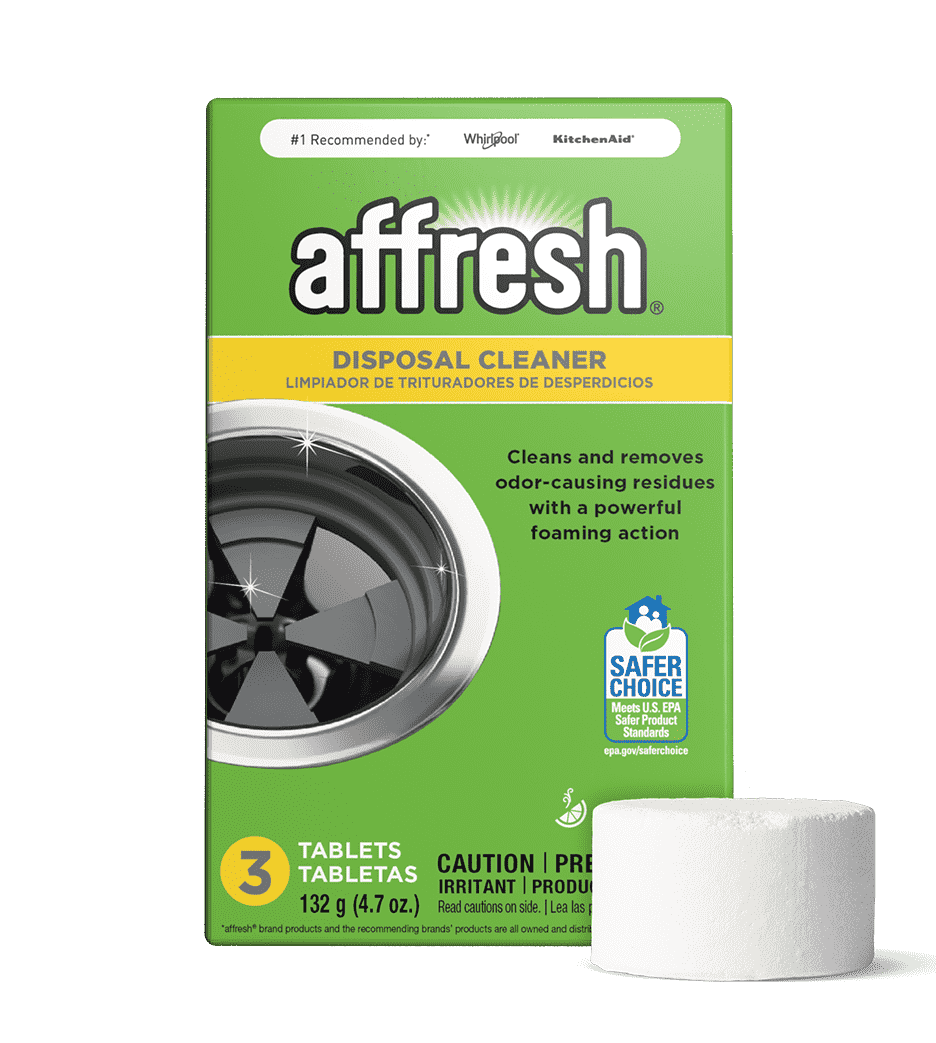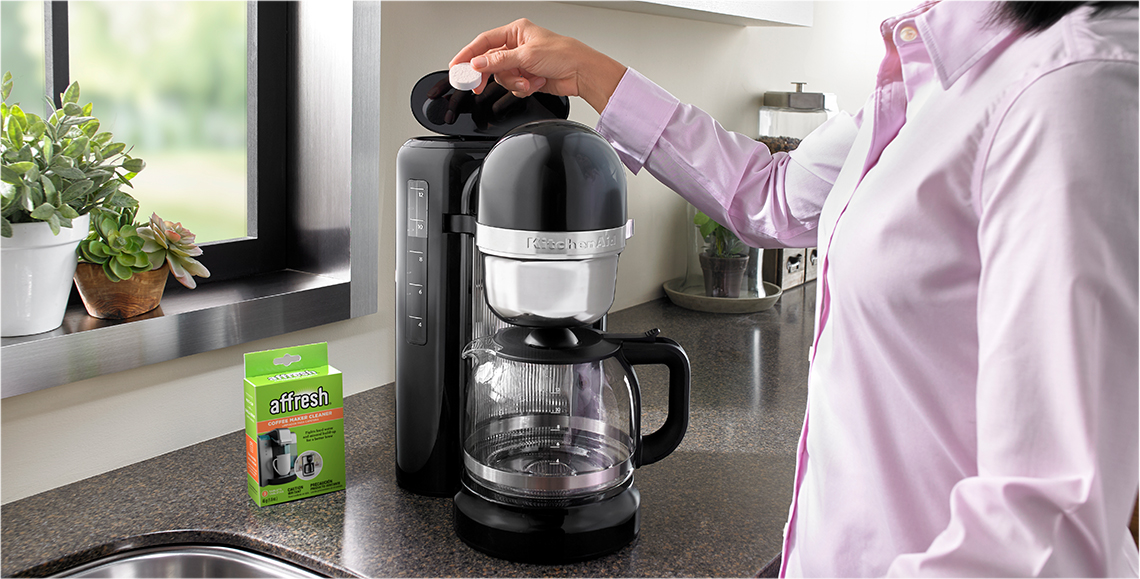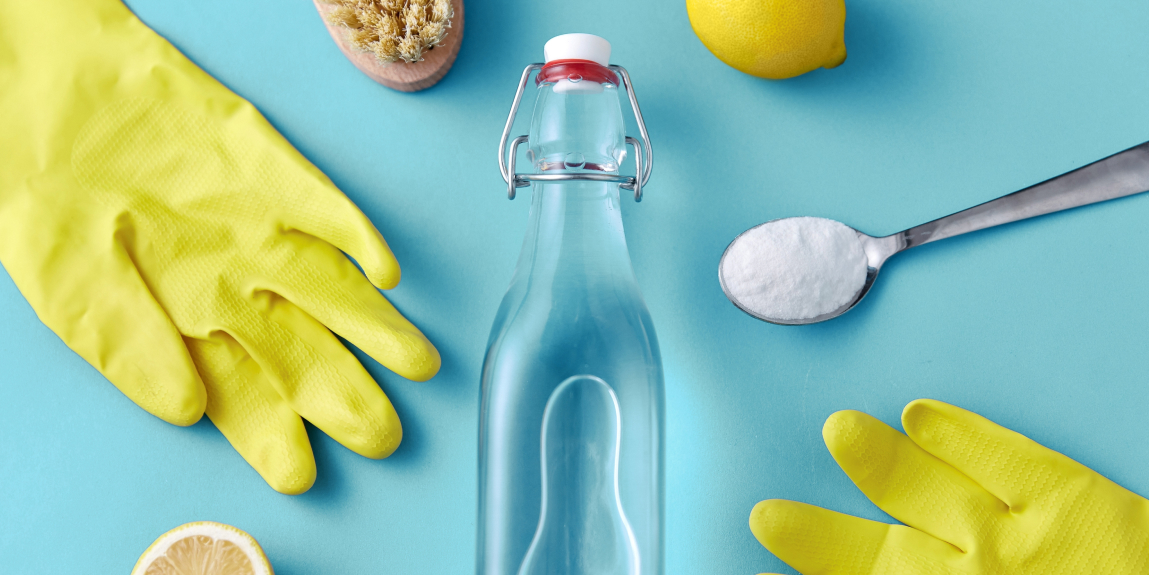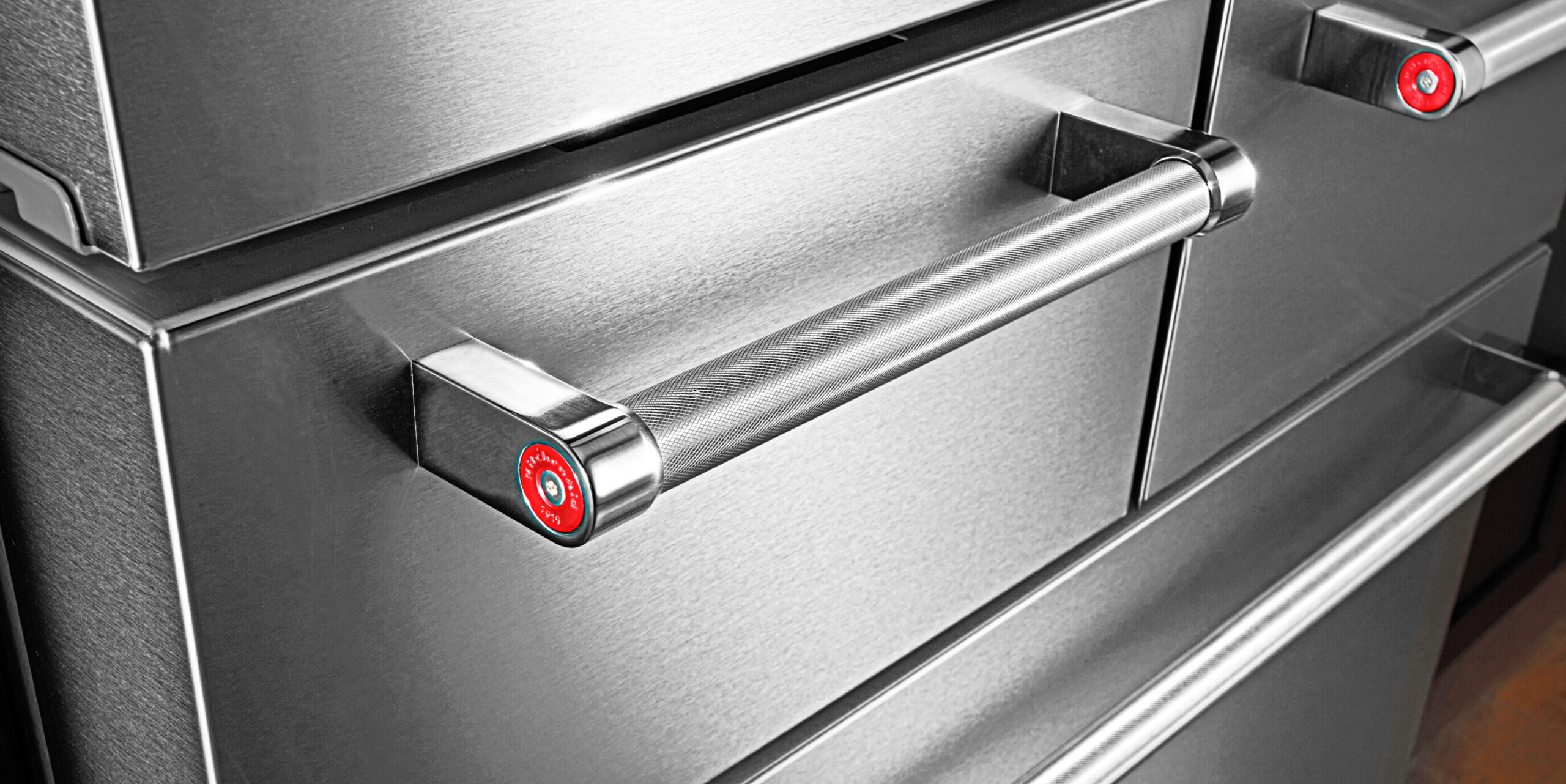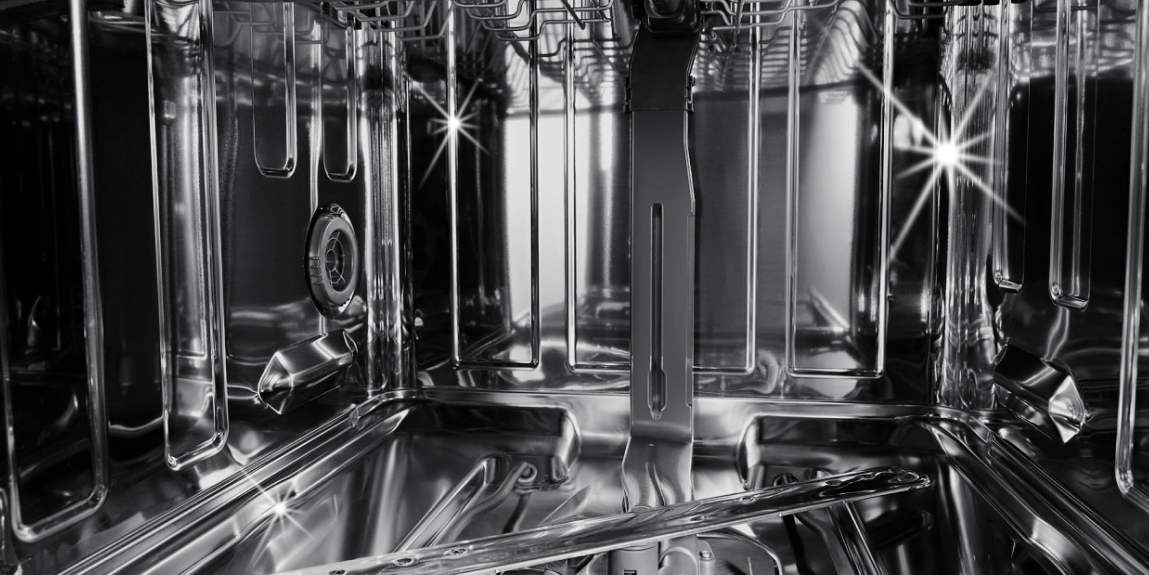
How to Sanitize a Dishwasher
With regular use, food particle residue, soap scum and even limescale can accumulate inside your dishwasher and impact its cleaning performance. Sanitizing your dishwasher on a regular basis is essential to help keep your appliance running optimally and smelling fresh.
Learn more about how to sanitize your dishwasher, what products to use and tips to keep your appliance in immaculate condition.
- What’s the Difference Between Cleaning and Sanitizing a Dishwasher?
- What Products Should You Use for Sanitizing a Dishwasher?
- Sanitizing a Dishwasher: A Guide
- Tips for Cleaning a Dishwasher
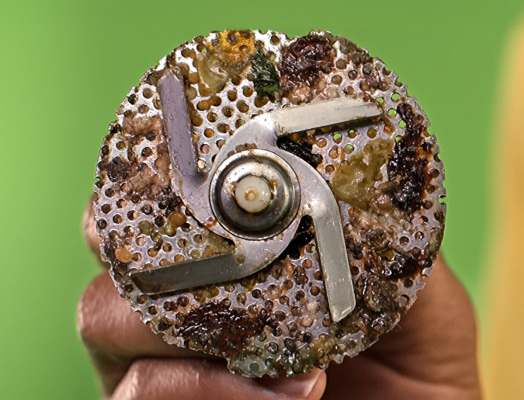
What’s the Difference Between Cleaning and Sanitizing a Dishwasher?
Cleaning a dishwasher involves removing food particles that are stuck on the spray arms or filter, grease and mineral deposits that accumulate over time. When sanitizing a dishwasher, you’re eliminating harmful bacteria and germs to ensure the appliance is hygienic.
You should clean your dishwasher weekly or monthly depending on use to help prevent unwanted odors and dirt, food debris and soap scum from building up. Sanitizing your dishwasher only needs to be done as needed or after any illness or raw food exposure has occurred.
What Products Should You Use for Sanitizing a Dishwasher?
You can use a variety of products to sanitize a dishwasher including dishwasher-safe sanitizers, white vinegar, bleach, specialized dishwasher cleaners and the sanitize cycle if your appliance has one. Always check your dishwasher’s manual to ensure products won’t damage your appliance before sanitizing.
Sanitizing a Dishwasher: A Guide
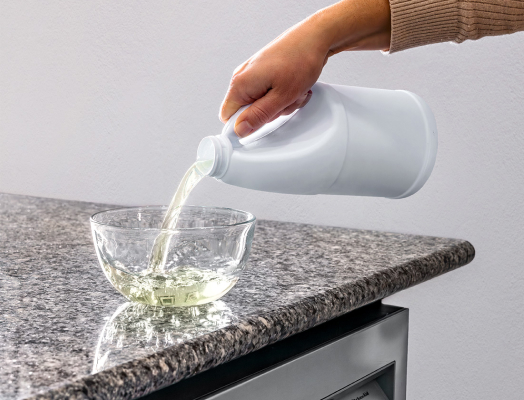
How to Sanitize a Dishwasher With Bleach
Using bleach to sanitize your dishwasher can help kill any mold or bacteria that is present in your appliance. However, if you have a stainless steel dishwasher then you should avoid using bleach as it can damage and discolor stainless steel finishes. Here are a few steps to follow for using bleach to sanitize your dishwasher.
- Empty your dishwasher completely before sanitizing. This will help the bleach reach each part of your dishwasher and avoid damaging any dishware.
- Pour 1 cup of bleach into a dishwasher-safe and bleach-safe bowl.
- Place the bowl on the top rack of the dishwasher.
- Run a full dishwasher cycle with hot water and skip the drying cycle.
How to Sanitize a Dishwasher With Vinegar
Using white distilled vinegar to sanitize is a natural and effective way to kill some types of bacteria and deodorize your appliance. Sanitizing a dishwasher with vinegar can be done in a few simple steps to help dissolve mineral buildup and limescale and remove odors.
- Fully unload your dishwasher before you begin to sanitize. An empty dishwasher allows the vinegar to fully reach all the areas of the dishwasher.
- Pour 1 cup of white vinegar in a large, dishwasher-safe container and place it on the top rack of your dishwasher. Don’t add any additional cleaner or detergent.
- Run a full wash cycle with hot water. Select the hottest water temperature available to help break down and eliminate any mineral buildup and limescale.
- After the cycle is complete, use a soft cloth to wipe away any tough to reach spots and remaining residue. Skip the drying cycle and instead open the door of the dishwasher to allow the appliance to air dry.
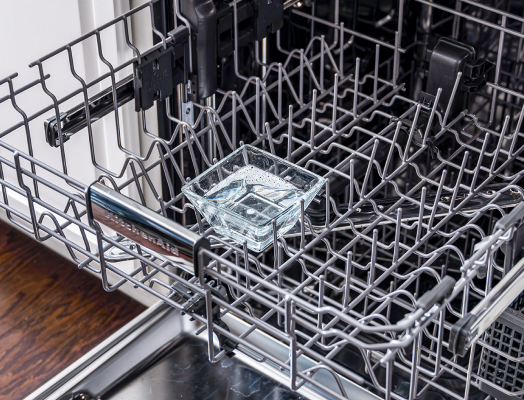
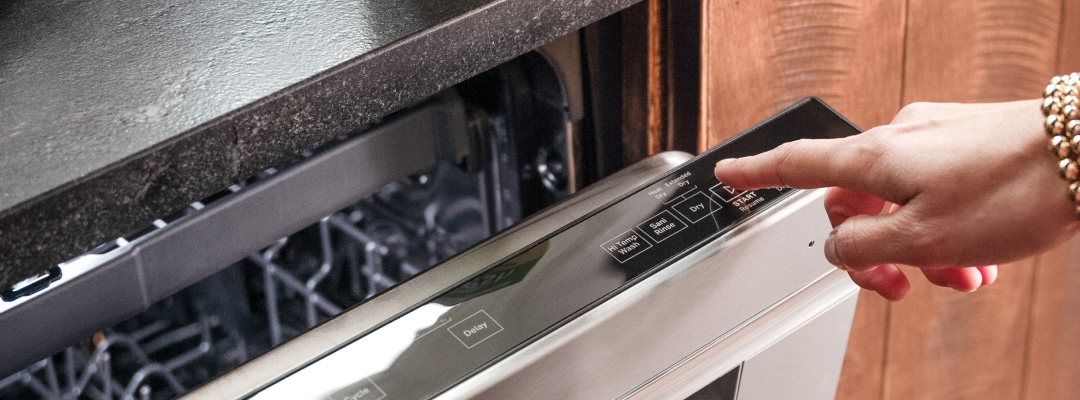
How to Deep Clean a Dishwasher With the Sanitize Cycle
The sanitize cycle on a dishwasher uses hot water and longer wash times to kill bacteria and clean dishes. According to the National Sanitation Foundation, a dishwasher needs to be heated to at least 150°F to efficiently kill bacteria. Sanitize cycles work by increasing heat during the wash cycle and then rinsing with an even hotter water temperature.
If your dishwasher has a sanitize cycle, it will be labeled on your main control panel as an option to add-on to an existing wash cycle. Most sanitize cycles will be accompanied by a light that indicates whether or not your dish load has been successfully sanitized. Keep in mind that sanitize cycles can add up to 1.5 hours of additional time to your dishwasher cycle.
Affresh® dishwasher cleaner is a great product to use when you want to deep clean your dishwasher with the sanitize cycle. Since affresh® dishwasher tablets are made with ingredients formulated to help clean all of the parts of your appliance such as the tub, racks, pump and valve, it’s a good choice for a deeper clean.
Cleaning your dishwasher with an affresh® tablet can be done in a few simple steps.
- You can load your dishwasher as you normally would, or empty it before cleaning. Either option works when using an affresh® tablet.
- Place an affresh® dishwasher cleaner tablet at the bottom of your dishwasher if you’re running it full of dishes. If you’re running an empty cycle, place the tablet in your dishwasher’s detergent dispenser.
- Run a full, normal wash cycle. Using affresh® dishwasher cleaner is a great option for whatever make or model you have as it efficiently works to remove mineral buildup and help keep your appliance looking pristine.
- If your dishwasher has a large amount of buildup and hasn’t been sanitized in awhile, you can try placing an affresh® tablet in the detergent dispenser and placing a second tablet in the bottom of the appliance and run a complete, empty dishwasher cycle.
Tips for Cleaning a Dishwasher
Maintaining a clean, optimally performing dishwasher can be simple if you stick to a normal sanitizing routine. Here are some tips to help keep your dishwasher performing well and smelling great.
- To help maintain a clean dishwasher, clean your appliance regularly using affresh® dishwasher cleaner. A regular cleaning schedule will help keep limescale and hard water stains at bay.
- Clean your dishwasher filter after every use to maintain an overall clean appliance. The dishwasher filter can harbor food particles that can produce unpleasant smells over time.
- Open your dishwasher door after every cycle to air dry the interior and help prevent mold and mildew from accumulating.
Explore affresh® Dishwasher Cleaner
In addition to sanitizing your appliance, you should also make sure you’re cleaning your dishwasher regularly. With regular cleaning and occasional sanitizing, your dishwasher should be able to run efficiently and leave your dishes looking like new.
Affresh® dishwasher cleaner helps remove limescale and mineral buildup from your dishwasher’s tub, racks, pump and valve, drain and recirculation hoses. Not to mention it also descales glassware and dishes leaving them with a sparkling shine.
